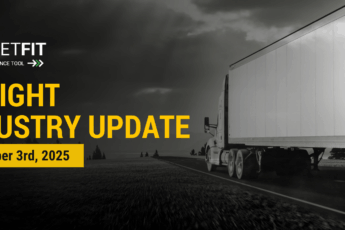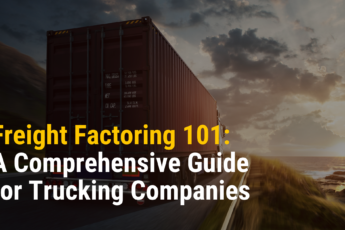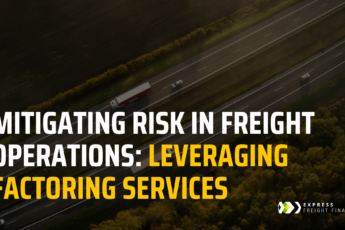Analysts have been warning about the autonomous vehicle (AV) revolution in trucking for years now. But before people jump on the bandwagon of technological advancements, there are still a number of other things to consider.
AV Testing Is Far From Complete
Driverless trucks seem to handle fine on open highways, but that is really where things end. When an AV needs to navigate heavy traffic congestion or the smaller roads in cities and towns, they require an actual human being to take over the driving. Autonomous vehicles cannot easily recognize faster routes within cities, nor can they easily recognize cyclists, pedestrians, small obstacles, and more compared to having a person behind the wheel. AV testing needs to be refined much more before the country at large will allow driverless trucks on the road.
Platooning Looks Good On Paper
When the idea of platooning was introduced, everyone started thinking about how much better supply chains would run. Having one “hub” truck controlling a small group of driverless trucks could solve capacity demands and allow for large shipments to get to their destinations without pulling drivers off other jobs or making shippers wait. The major obstacle keeping platooning from becoming a reality comes down to infrastructure. Our roads and bridges were not designed to support the strain of that many trucks traveling together in small groups. Most of the country would need to reinforce or completely overhaul roads, bridges, overpasses, and more to allow for platooning. The cost of bringing our infrastructure up to that standard in a short period of time would be extremely disruptive to supply chains across the country.
Legislation
Between the safety and infrastructure concerns listed above, legislators are holding off on greenlighting the AV revolution. But there is one larger concern looming over all of this, and it comes down to the human element. Legislators fear that if they allow autonomous vehicles on the road, they are potentially putting lives at risk, as well as displacing a very large and talented workforce. Driverless trucks are supposed to be available for purchase in the very near future, but those vehicles may be sitting on lots and in garages until legislation allows them to start hauling for major companies. And if they do, expect insurance premiums to spike during the initial rollout.
For now, the trucking industry is still on track for expansion, thanks to real people.






